
Now many summer residents who adhere to the correct way of life or those who already have health problems, realized need not only introduction in a daily diet of functional food, but also their cultivation on the sites. And it is quite real-to receive own vegetable production of the directed medical action for prevention of many chronic diseases.
In the current busy pace of life, rich in a stressful situation, many people with age increases the content of sugar in the blood. Perhaps summer residents, whose years are approaching retirement, even should prepare in advance for this period. How to do it? Settle at your dacha plants that lower blood glucose levels, thereby returning the person to a full healthy lifestyle.
Today we will focus on two little-known cultivated species used in the preventive diet of diabetics, or people prone to diabetes, or those who have insulin-dependent relatives in the genus.
Cynara scolymus
It is effective in gravel gardens, in cottages of natural style.
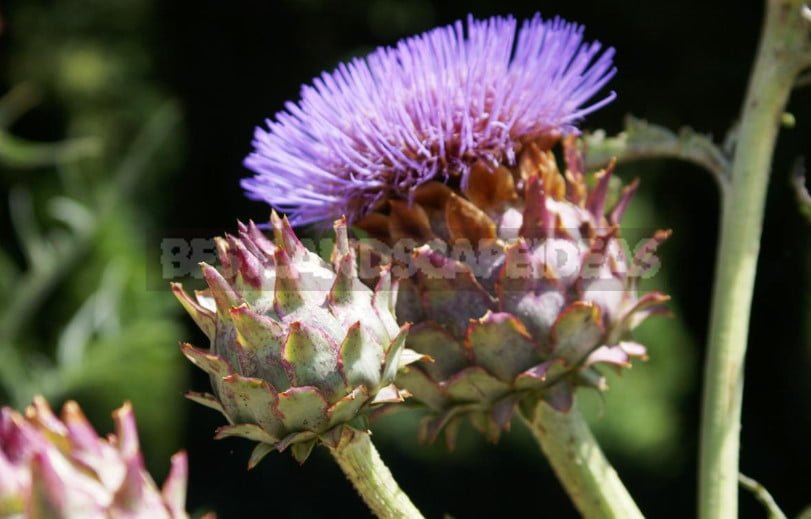
Cynara scolymus-antidiabetic rhizome representative of the family Asteraceae. He comes from the Mediterranean. It is an architectural perennial (in the South) large (up to 2 m high, up to 1-1.5 m wide) plant grown as an annual in the middle zone. Interesting gray-green pinnately dissected leaves. Artichoke prickly winter-hardy in the southern zone of gardening, its winter temperature minimum -17,8°C. grows and blooms Well in the open Sunny place of Eastern and Western orientation, protected from winds; on fertile, moderately moist drained soils. In a cool and rainy summer may not bloom, but still the artichoke will be attractive carved leaves.
Planted, adhering to the distance between plants 60-70 cm Depth of seeding — 6 cm; does not tolerate transplantation, as it has a large taproot. As an annuals for seedlings are sown in February. In one place it is better to grow no more than 4 years. Cut in the autumn, when the plant dries. Can be damaged by snails, slugs, resistant to disease.
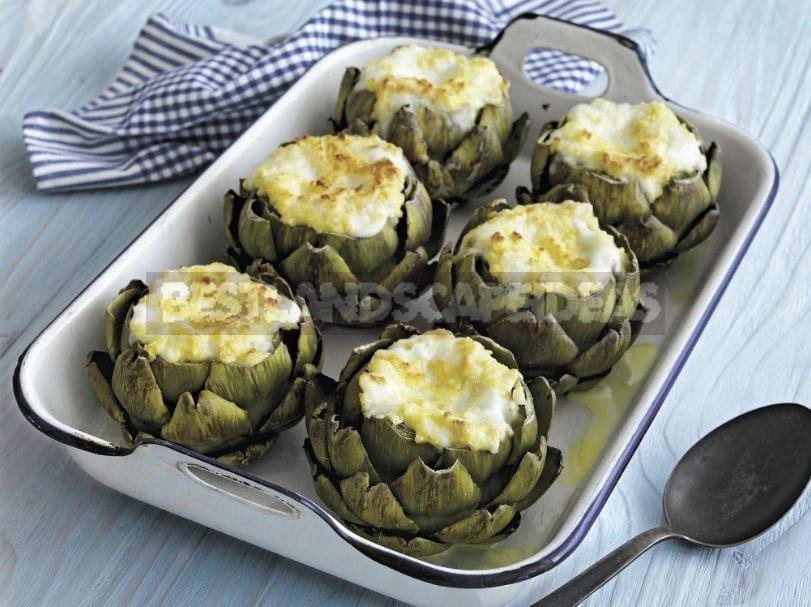
During the flowering period (in the South — in June-July), it becomes a focal plant, decorated with large, up to 15 cm in diameter, blue-purple baskets. That’s just the overgrown receptacle baskets with wrapping leaves, taste reminiscent of immature walnuts, used in the diet as a valuable dietary product. When collecting the edible part of artichoke heads are always cut part of the peduncle, length 9-10 cm and used to make salads, sauces, purees, canned. Dry leaves are used in the preparation of choleretic tea. However, the artichoke is contraindicated in inflammation of the intestine.
Practical tip: baskets of inflorescences of artichoke cut in the period when they are just starting to open up, to touch check their elasticity: they must be taut, hard, in any case, not lethargic.
Some gourmets boil artichoke stalks in salted water with lemon juice, previously peeled from thorns, and then use them in various dishes.
Practical tip: to cook the “bumps” of the artichoke should be whole, without cutting (slices darken), after removing the shears thin barbed ends of the scales. If you do not have a pot of the appropriate size, you can cut it into pieces, but the water for cooking should be acidified with lemon juice or citric acid.

Inflorescence vase life and are used in dry arrangements.
That is intriguing
- Have Cynara scolymus there is not less an interesting cousin — Cynara cardunculus. But he’s in the food are not baskets, fleshy petioles.
- Cardon was especially popular in southern Europe until 1533, when Catherine de Medici, marrying Henry II, ordered to cultivate it as a medicinal plant that preserves youth, healing from melancholy and helping people become “aphoristic”.
Hibiscus esculentus, syn. Abelmoschus esculentus
Today it is less likely to meet in the country at these gourmets. Planted near fences or buildings, in group or border (dwarf varieties) plantings, it is quite harmonious surrounded by plants of warm colors. Low compact okra include in the composition of mixborders in the foreground and in the structure of high beds.

Hibiscus esculentus, syn. Abelmoschus esculentus is a rare vegetable antidiabetic annual from the Malvaceae family native to Tropical Africa. Okra grows well in the open sun with drained, moderately fertile moist soils. In the South it is better in hot summer. Grown and tall varieties (up to 1.5-2.0 m), and dwarf (30-40 cm). Interesting its 3-7-lobed leaves; yellow, cream or orange with red or purple flowers center (blooms in July-August); finger — shaped fruits-multi-faceted boxes up to 30 cm (ripen from mid-July to October).
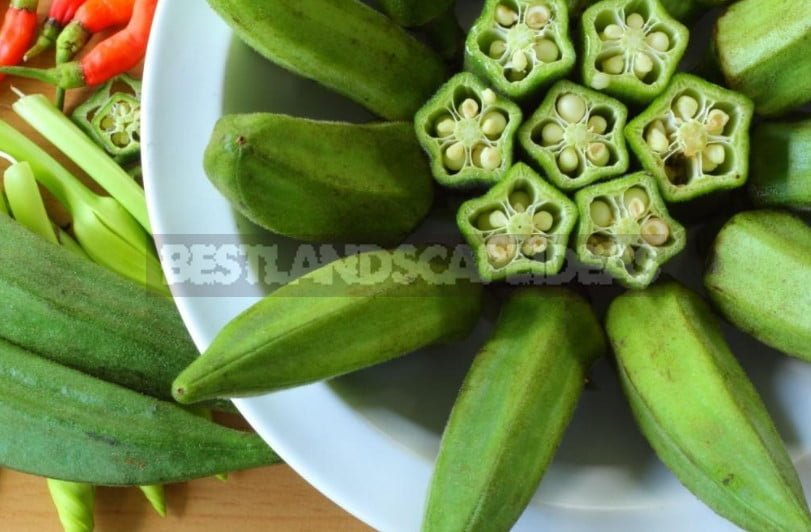
In General, seedlings grown okra 30-40 days — up to a height of 15 cm, the Seeds are sown 1-2 weeks before planting in open ground. The temperature before emergence is maintained within +25°C, and after the appearance of the first shoots is reduced within a week to +15°C, then again gradually increased to +20…+22°C.” on the street ” seedlings are planted when the day temperature of the soil reaches + 16°C, and at night will not fall below + 13°C. at the same time, the distance between plants is 30-50 cm. Before planting (or rather transshipment — seedlings of okra does not tolerate transplantation) in the open ground plants are tempered for 10 days.
In the southern regions, the okra is sown in the open ground in the 2nd decade of may, after preparing for her humus-fertilized bed. Seeds bury into the soil 3 cm Between the seeds adhere to the distance of 5-7 cm in the Beginning okra grows slowly, but when the buds — well. At the end of September, growth and fruiting end.
Practical tip: for better branching, the main stem of the okra is pinched at a height of 50-70 cm.
Especially valuable in diabetes young ovaries (3-6-day): they are used in soups, sauces, marinades. In addition, immature okra seeds, similar to green peas, are used as a substitute, Mature seeds — as a coffee surrogate; cups of fruit — for jelly, jam, drinks. However, not all okra have to taste, as in the preparation of mucus secretes. But it is the high content of mucous substances that makes the dishes of okra useful for the prevention and treatment of gastrointestinal diseases!
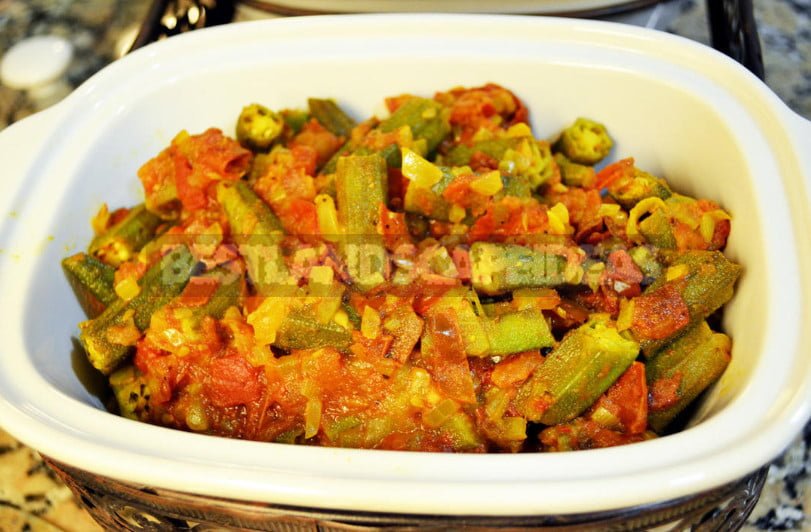
Practical tip: the food used immature fruits of okra 5-7 cm long; collected every 3-4 days; cut with a knife or a pruner (always with gloves, as pubescence on the fruit can cause allergies). Overgrown fruits up to 25 cm long are left on green peas or seeds.
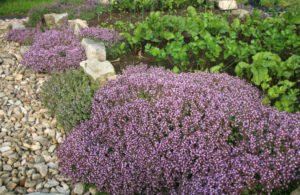

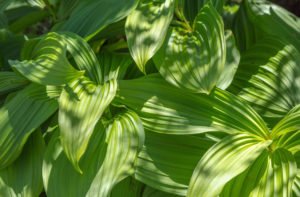
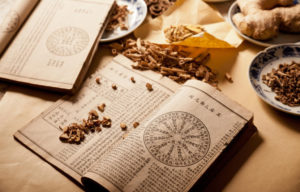
Leave a Reply